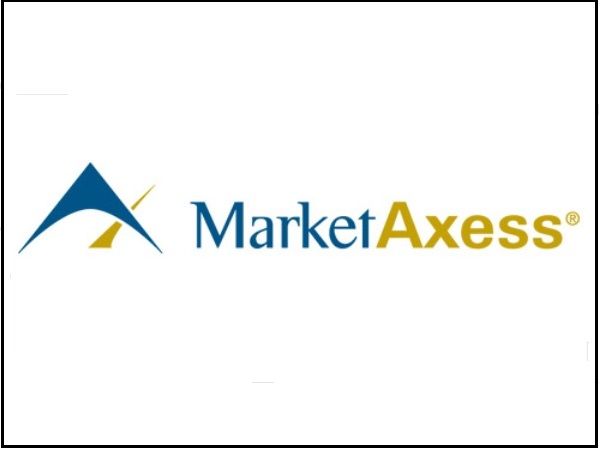Dark pools are accelerating their leap from equity to fixed income markets as MarketAxess added an anonymous protocol to its all-to-all Open Trading platform in an attempt to offer improved liquidity for clients trading large blocks of corporate bonds.
Private Axes, which sits alongside the platform provider’s lit request-for-quote market, went live this week. Buyside and sellside participants are able to post bid and offer interest on large blocks of corporate bonds in a fully anonymous environment with minimal information leakage.
“There’s a lot of sensitivity around some types of orders, particularly large blocks and the impact that they can have on the market,” said Gareth Coltman, head of European product management at MarketAxess. “With Private Axes, clients can try and see if there are any natural counterparties out there with minimum information exposure.”
Buyside bond traders are seeking alternative sources of liquidity after the traditional dealer market-making model was thrown into disarray by new Basel III capital and leverage rules that increase the cost of bank balance sheets.
While the traditional model saw banks warehouse large blocks of bonds from their buyside clients, dealers now take an agency-like role, sounding out potential buyers before bidding on larger trades, putting pressure on pricing as the deal is negotiated.
The latest development follows anonymous institutional bond trading platform Liquidnet, which has traded US$2.1bn of corporate bonds since launching its fixed income dark pool in late 2015. Momentum has been building rapidly with more than US$1bn of that total traded since mid-March.
“Most RFQ e-trading platforms make the very traditional voice protocol more efficient but there’s still information leakage. New liquidity is not found,” said Jonathan Gray, head of fixed income sales at Liquidnet. “By enabling buyside clients to seek matching orders in the dark, we’re creating new liquidity and that is really striking a chord with investors.”
Liquidnet aims to replicate the success of its equity dark pool that connects 800 asset managers and delivers average trade sizes that are 100 times bigger than US equity exchanges.
“Multi-asset clients were the real driver behind the creation of the fixed income platform but once that reaches critical mass, there’s a very large tail of purely fixed income investors that will follow suit and we’re in discussions with many of them,” said Gray.
Average indication size in the Liquidnet pool stands at US$5m while average execution size is now US$3m. The firm sees around 1,500 to 2,000 of order indications posted each day, equating to US$7bn-$8bn in value.
With Private Axes, counterparties can post anonymous orders of €1m or €5m and are alerted when a match emerges, allowing them to negotiate price. Once a trade is complete, counterparties have the opportunity to negotiate an upsized deal at the agreed price.
Clients are alerted if matching trades emerge in lit RFQ or Public Axes protocols. Average daily volume across all protocols on the global Open Trading platform stands at over US$600m, double from a year ago.
“Our clients choose RFQ in the vast majority of cases but the toolkit allows them to choose any one of those protocols and that’s quite unique,” said Coltman.
Growing interest in fixed income dark pools reflects a notable shift towards buyside liquidity provision. Concerns of the potential conflict between fiduciary duties and market-making activities are beginning to recede as investors find they can meet best execution requirements by trading closer to the mid-price with another buyside firm.
“We’re starting to see a behavioural change and this will be where you place trades that are illiquid as it is the most efficient way to find a match,” said Scott Eaton, COO of MarketAxess. “Open Trading is really where the world has to head. As sellside bond inventory falls and AUM at the buyside increases, that bridge can only be gapped by all-to-all platforms.”
During the first quarter of 2016, more than 527 clients acted as price-makers on the MarketAxess Open Trading platform, a 50% increase from a year earlier. More than 420 buyside firms are acting as liquidity providers and the firm estimates that more than half of its activity represents buyside-to-buyside trades.
Liquidnet restricts access to its buyside clients, but continues to assess the possible addition of dealers in the future. The platform has 160 clients signed up, including 57 in Europe, where it aims to add another 20 before the end of the year.
“Buyside are sitting on 95% of bonds and are starting to see the benefits of being involved in liquidity provision. It is still early days and therefore we don’t see them becoming full market-makers yet, but they certainly have a bigger role to play,” said Gray.
